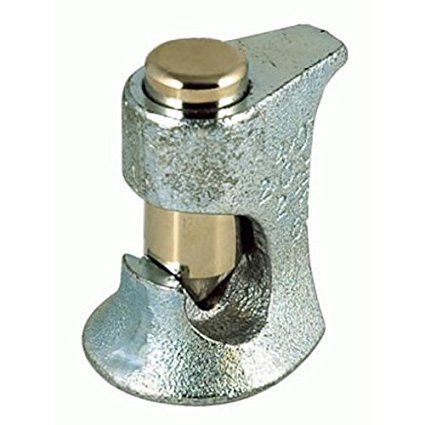Bedlam wrote:
Digging into connections and terminations, I have found only mechanical connections are accepted on aircraft and marine applications with only some exception.
Having worked a wide variety of aircraft electrical systems over the last 39 plus years, mostly of the military fighter variety I can vouch for the crimp connector only requirement for power wires. For signal wires however, they've gone to mostly solder connections often environmentally sealed solder via a hot air system that also environmentally seals the connection during the soldering process (Basically heat shrink sealer over connection while melting a solder sleeve. Getting the connections just right takes a lot of practice, and we have to re-certify in high reliability soldering every couple years.
For crimp connections on the larger power wires, aviation electricians use regularly calibrated crimpers on mil spec sized connectors on mil spec sized wiring so that you get a constant predictable connection every time. With smash type crimping techniques it's kind of the wild west and hard to say just how good it's going to be, or predict if it will overheat or not. Solder connections on the same sized wiring however is tends to be not much better and has it's own issues where it tends to fail when the connection overheats.
As for the Silicone friction tape, everyone that is inclined to try and fix anything should keep it in there tool box. Air Force Mechanics refer to it as F-4 tape. The orange/red version is designed for higher heat areas. For areas that might get oily or greasy we just tie off the ends with a little waxed flat tie string and the stuff holds up really well.



